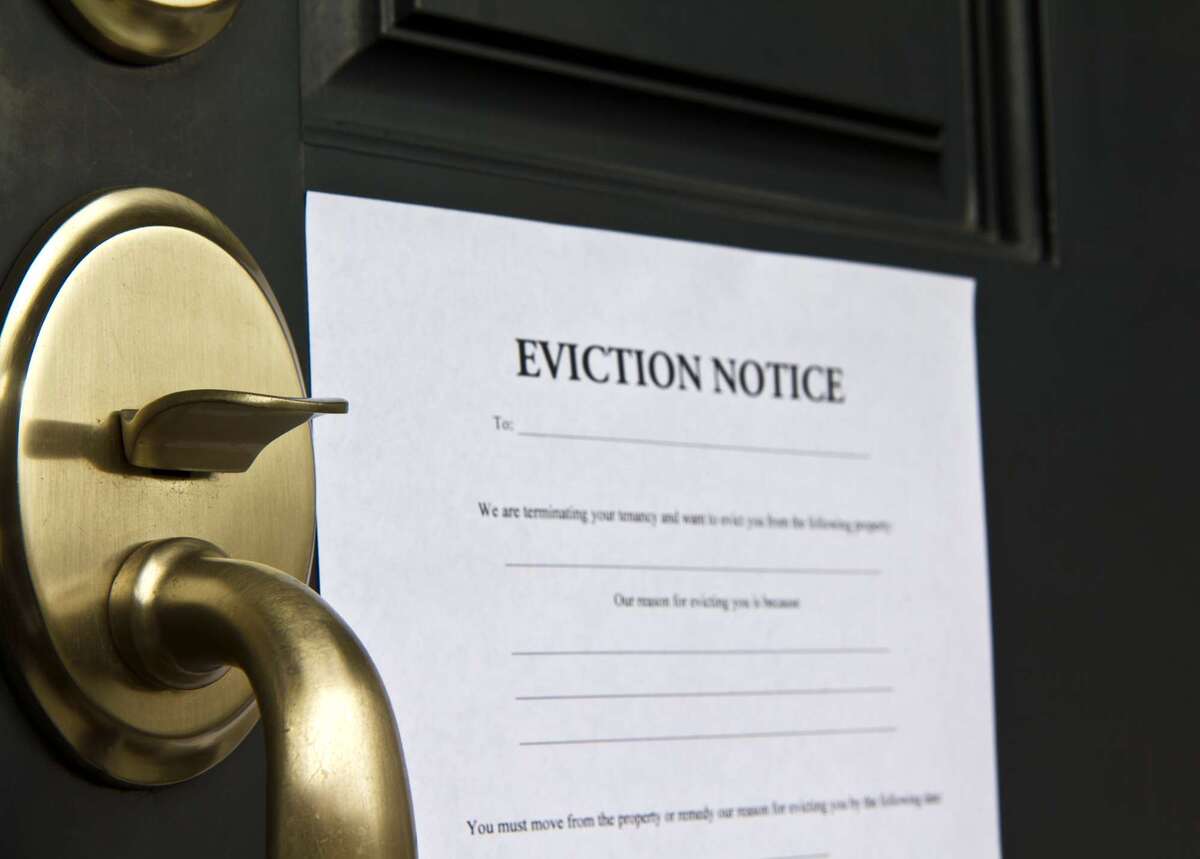As a landlord, you know the chances of having to evict a renter at some point are pretty high. The eviction process is not easy, and it can be very stressful for all parties involved. The good news is that property owners don't have to navigate the process on their own or without guidance. There is a process that should be followed to comply with state and local laws and not get in hot water with the law.
The best property management company Sarasota offers has pulled together some tips to guide property owners during the eviction process. This blog will cover some of the different types of eviction notices, the common causes of eviction, and how to remove a tenant properly.
Delivering An Eviction Notice
If a tenant needs to be evicted, the first step is to serve the resident a notice of eviction. A rental property owner should follow Florida law regarding evictions throughout the process. If you're unsure about complying with eviction laws, hire an experienced real estate attorney or partner with a property management company to help you.
There are four basic eviction notices:
- 10-Day Notice to Comply or Vacate
- 14-Day Vacate Notice
- No-Cause Notice
- 3-Day Notice for Waste, Nuisance, or Illegal Activity
A 30-day Notice might also be appropriate in some cases, depending on the situation and guidance from a property manager or attorney.
 Make Sure You Have Cause
Make Sure You Have Cause
Before delivering a notice, a property owner must consult the lease or rental agreement and have a legal reason for evicting a renter. Property managers can tell you that the most common reason to evict is nonpayment of rent. However, a renter can also be evicted for lease violations, creating a nuisance, or engaging in illegal activity on the property.
If you are unsure if you have a legal cause for eviction, consult with an experienced real estate attorney before taking any steps.
The Eviction Process Timeline
Depending on the circumstances, the eviction process can take anywhere from two to four weeks. A legal removal can include these steps.
- A landlord gives a Notice of Default. Legally, a property owner cannot evict a tenant during that time. However, a tenant may pay rent that is owed at this time.
- Renter pays the money or continues without paying. If the renter pays the amount owed, the process could stop immediately. If not, an investor will have to take the next step.
- Prepare documents for court. If a renter has not resolved the situation noted in the notice, the next step is to file the case in court. Again, property owners should seek legal advice or hire a property management company to represent their case before the court.
- Serve the renter with an eviction notice. After the court paperwork is filed, the property owner can hire someone to serve the renter with the Notice to Vacate.
- Wait on a resident's response. Once the eviction notice is handed out, the property owner must wait and give the resident time to take care of the issue and prepare for their case if they decide to fight the eviction in court.
- A court hearing date is set. Once the paperwork is filed with the court, a hearing date will be set. It is essential for the property owner or their representative to be available on the date.
- The court date arrives. Both parties will have a chance to present their case to their judge.
- The judge makes their ruling. After the evidence is presented, the judge will rule in favor of the property owner or resident. If the ruling is for the resident, your renter will continue to live in the property until the end of the lease term. If not, the next step starts.
- Law enforcement evicts the resident. If the property owner wins the judgment, law enforcement will ensure the resident leaves the premises or is locked out.
With the right property manager and attorney to guide you through this process, owners avoid lawsuits or cases that get thitemn out without enough evidence.
 Avoid the Wrong Ways to Evict
Avoid the Wrong Ways to Evict
While following the law is important, it's also important to avoid the wrong ways to avoid a renter, no matter how frustrating a situation becomes. A property owner should not:
- Ignore the lease agreement
- Change the locks and remove the resident's personal property
- Make illegal demands
- Try to expedite the legal process without consulting a lawyer
Eviction mistakes (along with other common mistakes) can be costly!
Get Help From a Professional Property Management Company
If you've been following the tips in this blog post, we hope you have a better understanding of the eviction process. However, if you need help getting out of a sticky situation with your renter, don't hesitate to hire a property management team to help.
Gulf Coast Property Management is here to help with evictions. We also help property owners avoid a removal situation by finding quality tenants! Reach out soon to learn more about our property management services
If you would like to read more about the eviction process, download a free copy of the "Rental Property Owners' Tenant Eviction Checklist."

.png)